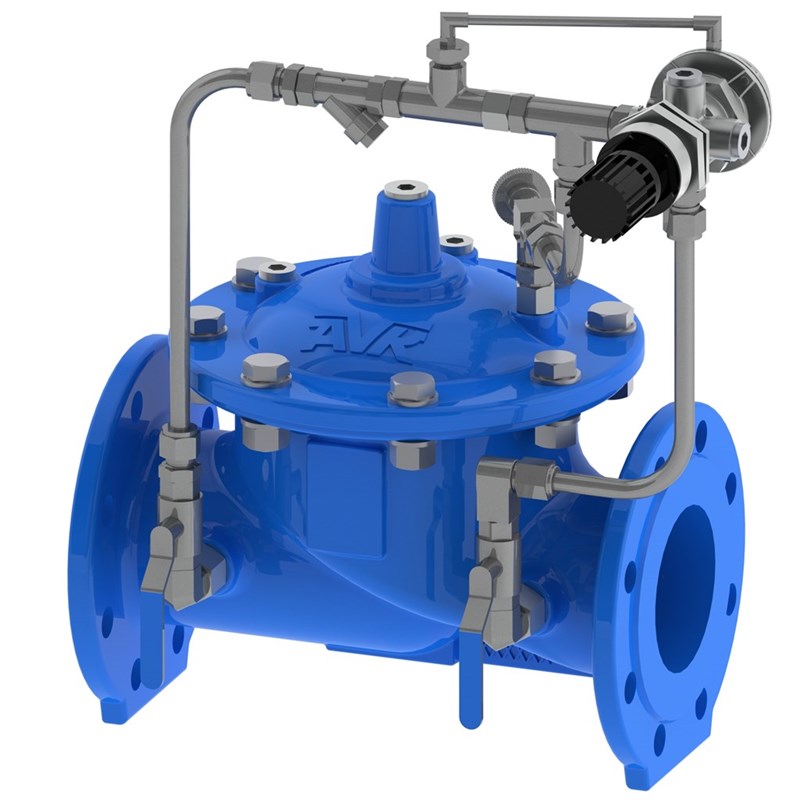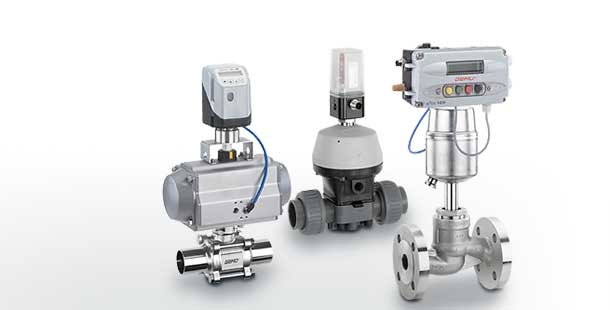Selecting the Right Control Valves: An Overview to Optimum System Efficiency
Selecting the Right Control Valves: An Overview to Optimum System Efficiency
Blog Article

Maximize Power Savings and Comfort With Advanced Structure Automation Controls
In the world of modern-day style and center administration, the combination of innovative structure automation manages stands as an essential development. The convergence of innovation and sustainability has birthed a brand-new age where power efficiency, convenience optimization, and functional streamlining are no longer far-off goals but obtainable facts. By harnessing the power of automation, buildings can adjust, react, and evolve in methods that were when inconceivable. The potential for significant power financial savings and boosted comfort is not simply an opportunity but an assurance waiting to be fulfilled. This standard change in building monitoring holds the vital to opening a world where ecological conscientiousness and passenger wellness sympathetically coexist within the wall surfaces of our frameworks.
Power Performance Perks
Power efficiency benefits can substantially reduce energy consumption and functional expenses in structures. By implementing energy-efficient methods and innovations, structure proprietors and drivers can accomplish significant savings while also adding to environmental sustainability. One of the key advantages of improving energy efficiency in buildings is the reduction of utility expenses. Energy-efficient systems, such as advanced structure automation controls, can maximize making use of resources like heating, air conditioning, and lights, leading to lower power expenditures gradually.
Furthermore, enhanced power efficiency can lengthen the life-span of structure devices and systems. By operating more successfully, cooling and heating systems, lighting components, and various other building elements experience much less damage, leading to reduced upkeep and substitute expenses. In addition, energy-efficient buildings frequently regulate higher residential or commercial property worths and rental rates, giving long-term economic benefits to proprietors.
In addition, power effectiveness can boost resident convenience and performance. Properly controlled interior environments with ideal lights and thermal problems create a more positive and conducive work space, resulting in enhanced staff member satisfaction and performance. Generally, the power performance benefits related to sophisticated structure automation controls are complex, incorporating cost savings, environmental stewardship, and owner health.
Boosted Convenience Control
Enhancing comfort control in building environments needs an advanced assimilation of sophisticated automation systems for ideal passenger well-being. By making use of advanced structure automation controls, centers can customize the interior environment to meet the specific needs and preferences of occupants. These systems make it possible for precise law of lighting, ventilation, and temperature level, creating a efficient and comfortable atmosphere. Resident satisfaction and performance are carefully linked to thermal comfort, making it necessary to have systems in place that can adjust to altering problems in real-time.
By incorporating these sophisticated controls, structures can not just boost convenience but likewise boost energy effectiveness by maximizing system procedures based on actual tenancy and use patterns. Inevitably, focusing on owner convenience via innovative automation systems leads to a more enjoyable and healthier indoor environment.
Operational Efficiency Improvements

In addition, the application of real-time tracking and analytics tools makes it possible for building drivers to recognize energy ineffectiveness and functional anomalies promptly. By constantly checking power usage patterns and system efficiency metrics, adjustments can be made in real-time to optimize energy intake and make certain peak functional efficiency. control valves. In addition, integrating demand action techniques right into structure automation controls can further boost operational efficiency by dynamically readjusting power usage based on grid problems and pricing signals
Indoor Climate Optimization
Reliable interior climate optimization is an essential facet of building automation controls, making sure occupants' comfort and wellness while optimizing energy cost savings. By utilizing sophisticated sensing units and controls, developing automation systems can continuously adjust and keep an eye on temperature level, humidity levels, air high quality, and ventilation to produce an ideal interior home atmosphere. Keeping comfortable and regular problems not just improves occupant contentment yet additionally boosts productivity and overall well-being.
Indoor environment optimization additionally plays a vital function in energy effectiveness. By fine-tuning home heating, cooling, and air flow systems based upon real-time information and occupancy patterns, constructing automation controls can considerably decrease energy intake - control valves. For circumstances, carrying out methods such as demand-controlled ventilation and thermal zoning can help reduce power waste while guaranteeing that each location of the structure obtains the essential conditioning.

Sustainable Setting Creation
Building automation manages not only maximize indoor environment problems for energy performance and owner comfort yet likewise lay the structure for producing a lasting environment via tactical monitoring of resources and systems. By integrating innovative building automation modern technologies, such as sensors, actuators, and smart software program, facilities can change and monitor energy usage in real-time to reduce waste and decrease their carbon footprint. These systems make it possible for anticipating maintenance, identifying potential concerns before they escalate and enhancing devices efficiency to boost durability and effectiveness.
Furthermore, lasting setting development prolongs beyond power administration to include water conservation, waste reduction, and indoor air quality improvement. Structure automation controls can control water use, spot leakages, and make sure correct garbage disposal techniques, contributing to general sustainability efforts. Furthermore, by checking and regulating ventilation and filtration find out here now systems, these modern technologies boost owner wellness and efficiency while lowering energy intake related to a/c procedures.
Conclusion
To conclude, progressed structure automation manages offer substantial advantages in regards to energy financial savings, convenience control, operational performance, indoor climate optimization, and developing a lasting environment. By applying these controls, buildings can attain optimum efficiency while reducing energy usage and enhancing owner convenience. It appears that using sophisticated automation modern technology is crucial in improving building efficiency and producing an extra lasting future.
Energy efficiency advantages can considerably lower energy usage and functional expenses in structures. On the whole, the energy effectiveness benefits connected with sophisticated building automation controls are diverse, including expense savings, ecological stewardship, and resident well-being.
Additionally, incorporating demand response approaches right into building automation controls can further boost functional efficiency by dynamically changing energy use based on grid conditions and pricing signals.
Building automation manages not only maximize indoor environment problems for energy performance and owner convenience but additionally lay the foundation for creating a lasting environment through strategic monitoring of systems and sources.In final thought, progressed structure automation manages deal considerable benefits in terms of power savings, comfort control, operational effectiveness, indoor environment optimization, and creating a lasting setting.
Report this page